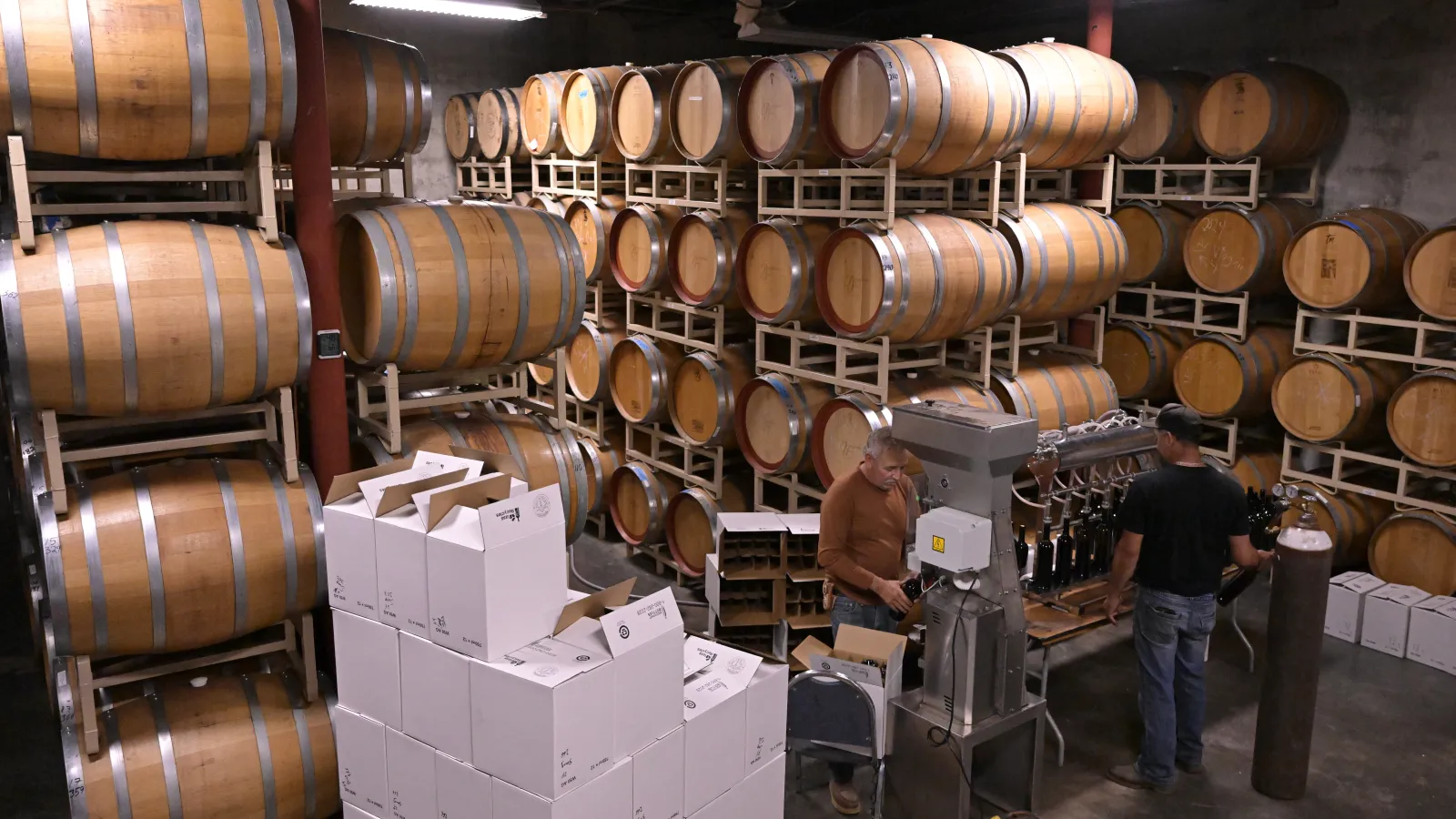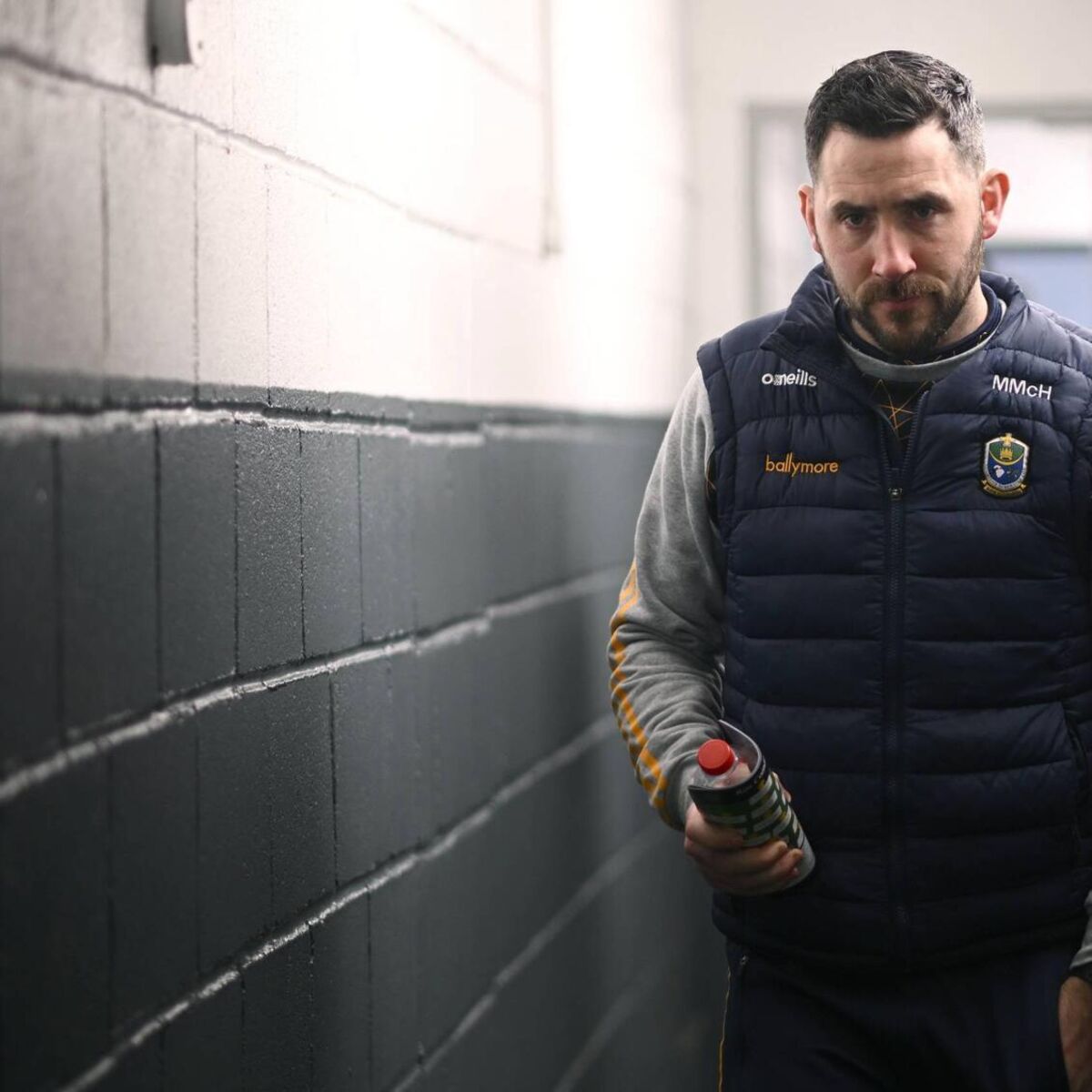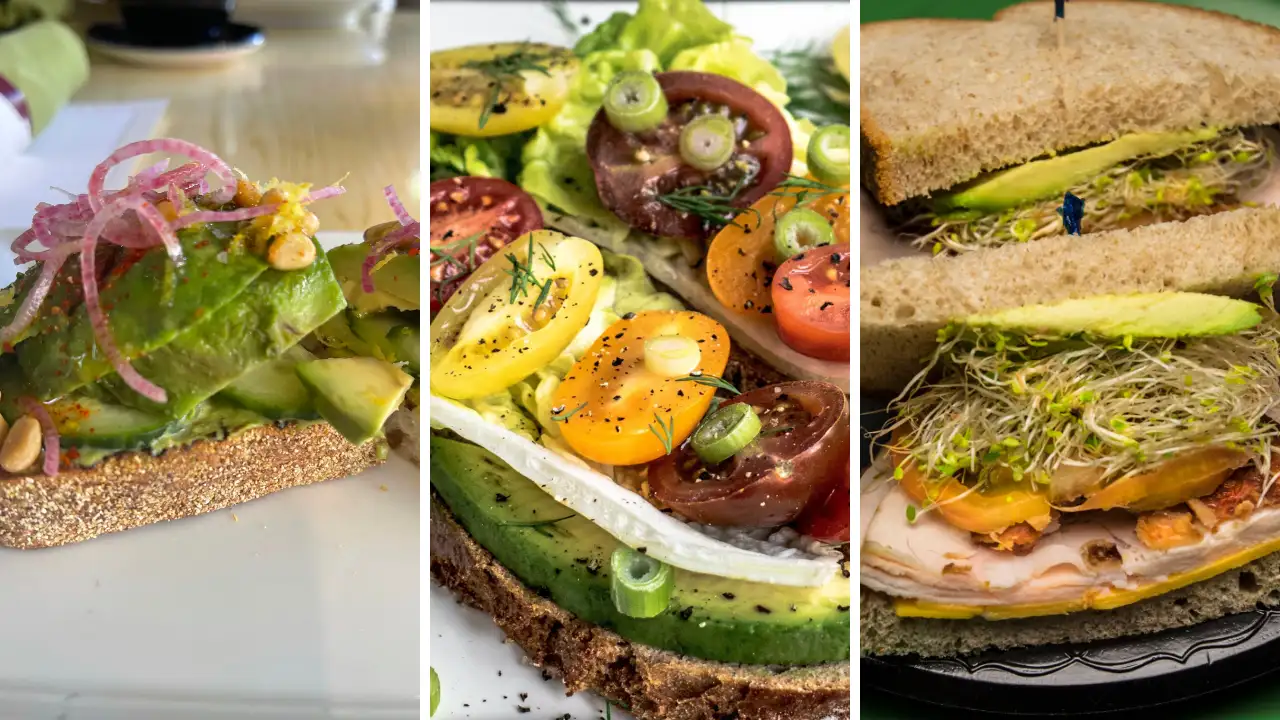By Miguel Otárola
Copyright denverpost

There was a time less than a quarter-century ago when judges would turn their noses up at wines from Colorado, said Julie Balistreri of Balistreri Vineyards, a family operation based in Denver.
The reputation of Colorado wine wasn’t always kind. It was too fruity. Too sweet. Compared to the more established wine regions in California, Oregon and Washington, the product paled.
It’d be difficult to make such a broad assumption of the state’s wines now. The last ten years have seen a proliferation of wineries on the Western Slope, while the last five have seen an explosion of grape varieties that have been tested and can survive the terrain, state viticulturists say.
In fact, some Colorado wines have left visitors and critics surprised, even shocked, according to state industry experts. They’re being recognized in national and international competitions and drawing tourists to the still-nascent wine country in Mesa and Delta counties.
“Winemakers are producing better wine,” Balistreri said. “And it elevates the industry as a whole.”
Zachary Lewison, a sommelier for the Sonnenalp hotel in Vail, once felt Colorado wines were too sweet. But new variants — especially teroldego, a red grape from northern Italy — and advanced farming methods are changing that for the better, he said.
Lewison has served as a judge for the last three years at the Governor’s Cup, the state’s premier competition of wines made in Colorado. He’s seen more dry wines entered over that period, though the judges — who come from around the country and participate in blind tastings — have also awarded fruit-based wines, honey wines and other traditional varieties.
In 2024, the Best in Show winner at The Governor’s Cup was a red blend from The OBC Wine Project, made from Colorado-grown teroldego, chambourcin and cabernet franc grapes.
The Palisade and the West Elk regions near Paonia supply nearly all the grapes used by Colorado wineries. Annual yields are extremely dependent on the weather. Rapid temperature swings can kill grape vines en masse, as they did in 2020 and 2021.
To supplement their product, some Colorado wineries buy grapes or even wine from California and Washington. The Balistreris do this for some of their wines, though others are made exclusively with Colorado grapes.
The sourcing of out-of-state grapes is a sour topic among growers. Many feel it dilutes the identity of Colorado wine, while at the same time, they understand the necessity of doing so in order to make wine a sustainable industry in the state.
“It doesn’t mean that the wines are bad,” Lewison said.
The last two growing seasons have shown favorable conditions and led to a rebound in yield, said Dr. Charlotte Oliver, a viticulturist with Colorado State University.
“We’ve been pretty lucky, and that’s what I call it: lucky,” Oliver said. “Because we have no control over the weather.”
It’s unclear whether a warming climate will improve growing conditions in Colorado’s main growing valleys, the Front Range and the Four Corners area. Research presented by Oliver and her colleague, state viticulturist Dr. Horst Caspari, projects climate trends that could benefit growers while disclaiming extreme weather events can become more unpredictable and pose unprecedented hazards.
Oliver and her colleagues stay in touch with winemakers and share their studies on diseases that could harm grape vines. They hope to hire someone with industry experience to take on a more technical role, using the language of wine to describe taste, color and other characteristics.
Newer wineries such as Carboy, Sauvage Spectrum and The Storm Cellar have also illuminated the industry, making sparkling wines and other products aimed at winning over non-connoisseurs. Oliver mentioned one Carboy wine made with La Crescent — a white, cold-hardy grape — that she said tastes like a Coors beer.
The Balistreri family makes wine without additives or sulfites, earning the broad classification of “natural” wine. They buy grapes from ten growers in the Western Slope and ship them to be crushed, aged and bottled at their estate in north Denver.
In 2023, the Governor’s Cup awarded Balistreri Vineyards a gold medal for its bottle of teroldego, picked from Talbott Farms in Palisade. Awards are a source of pride, Balistreri said, though she knows they’re subjective.
“It means somebody liked that wine that day,” she said.
Her son, John Domenico, went a step further. “They can be incredibly inconsistent,” he said of the awards. The same wine can win a top prize at one festival and not even medal at another competition, he said.
Earning the respect of the greater wine world and dispelling previous stigmas about the Colorado industry will take time, he said, “and honestly, more great wineries.”
It will also depend on the consumer. Tourism in the state’s wine region brings groups directly to vineyards for tastings and weddings. More restaurants and stores could stock Colorado wine, too, John Domenico said.
A group of women sampled the house wines from the Balistreri Vineyards tasting room on a recent weekday afternoon. One of them was a member of Balistreri’s wine club and organized the outing as part of her and her friends’ 50th birthday celebrations.
After trying several of the listed wines, Cristi Blanchard said the rosé had scored high marks among her friends.
“Rosé, rosé, rosé,” she said. “I think rosé across the board.”
“I didn’t love it,” said one of her friends, Jennifer Stumpf, with a tone drier than the 2023 nebbiolo they had tried earlier.
The tasting experience is one that Balistreri, Lewison and Oliver want other Coloradans to try for themselves, allowing them to see their burgeoning industry up close.
Subscribe to our new food newsletter, Stuffed, to get Denver food and drink news sent straight to your inbox.



